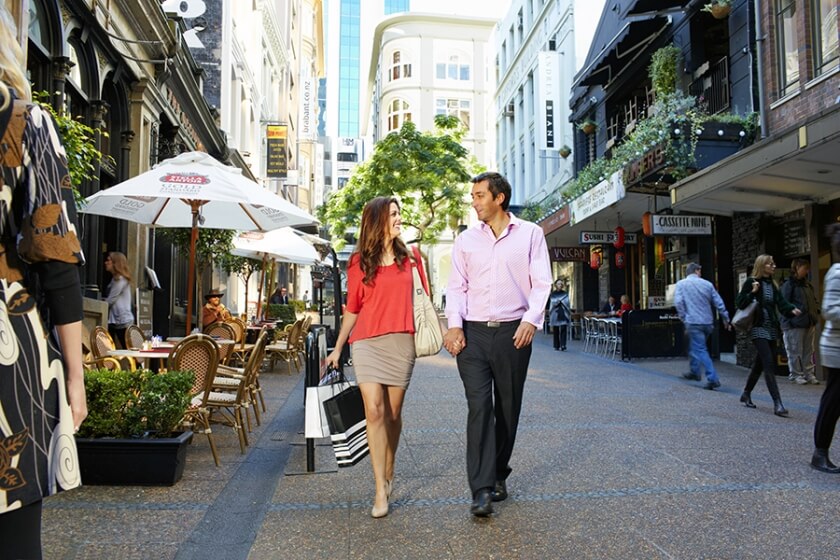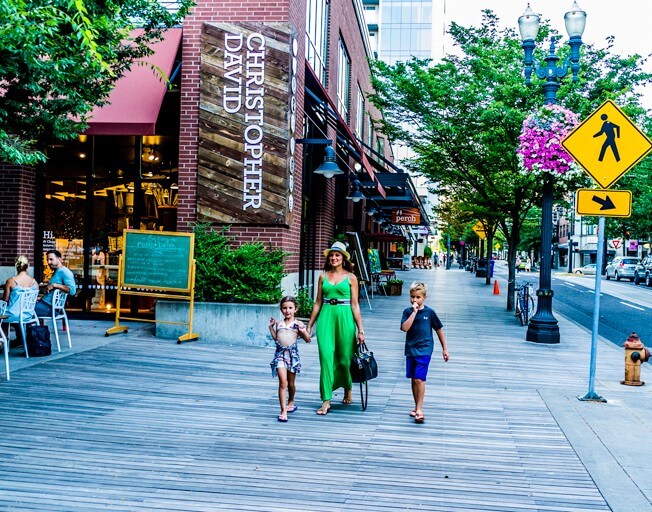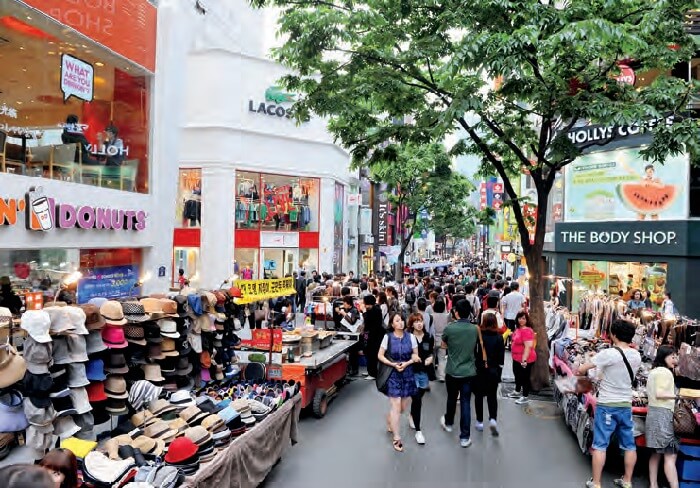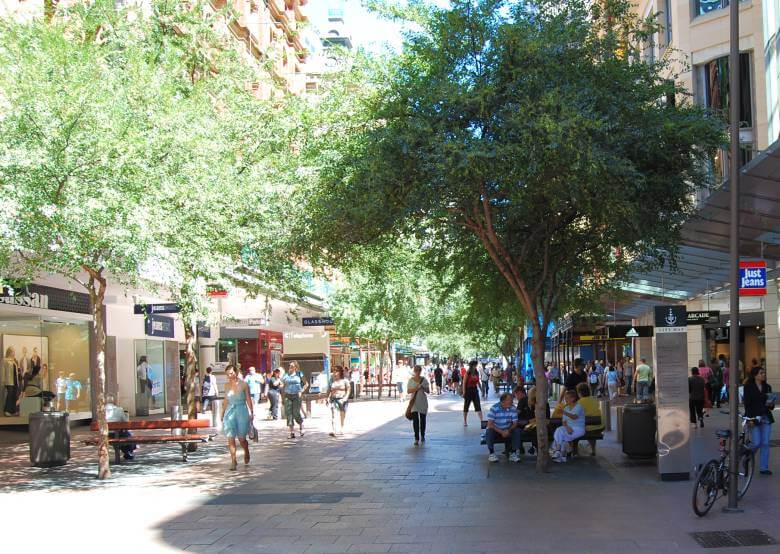I was at the 9th International Urban Design Conference earlier this month and it was interesting to listen to the way urban designers were critiquing the concept of a liveable city.
I have always had an issue with the way the major international agencies like Mercer and the Economic Intelligence Unit approached liveability. For example, climate is a big factor in the scoring system, but this is something city planners don’t actually do anything about. The purpose is to help large multinationals with their remuneration packages for executives, not to help city planners create better and smarter cities.
I also think that a whole city approach to liveability completely misses the spatial variability and conditions of the place. Cities change dramatically in their characters and amenity in just a kilometre.
But the movement to create liveable cities is a powerful one, and I think at its core is a movement to improve the local amenity and quality of life for residents – a fantastic goal.
The critique that I heard at this recent conference was that this drive for walkable streets and civic squares with cafes is pushing many city planners to the same place. A boring place. Nice, but still boring, or the same. You look around and see the same brand of restaurants and cafes, the same shopping outlets, the same outdoor café style, and even the same fake grass. The key critique is that liveable cities look the same – the look and on ground outcome is the same, and perhaps we are losing the essence of the unique and local. The point is captured in these four cities: Auckland, Portland, Seoul and Sydney.
In my opinion and the approach I take when designing projects is that the essence of maintaining a sense of place and local feel is preserved through the following key design ideas:
- Use indigenous vegetation species and PLEASE don’t use fake grass.
- Use dynamic installations i.e. something that changes with temperature or rainfall patterns.
- Engage local artists to tell a specific story.
- Think more about the materials. While concrete is a builder’s favourite and glass is a shopping strip favourite, you must include and use other materials to give the place a more local feel.
- Think vertically as well as horizontally. People don’t’ actually think and interact in a 2D world. Green walls are a fantastic way of expanding the depth to your local activity centre.
You’ll notice these actions don’t involve technology!
I want to acknowledge Stephen Moore (Roberts Day) for his presentation at the Urban Design Conference on the concept of a “Loveable City”, which inspired me to write this blog.




